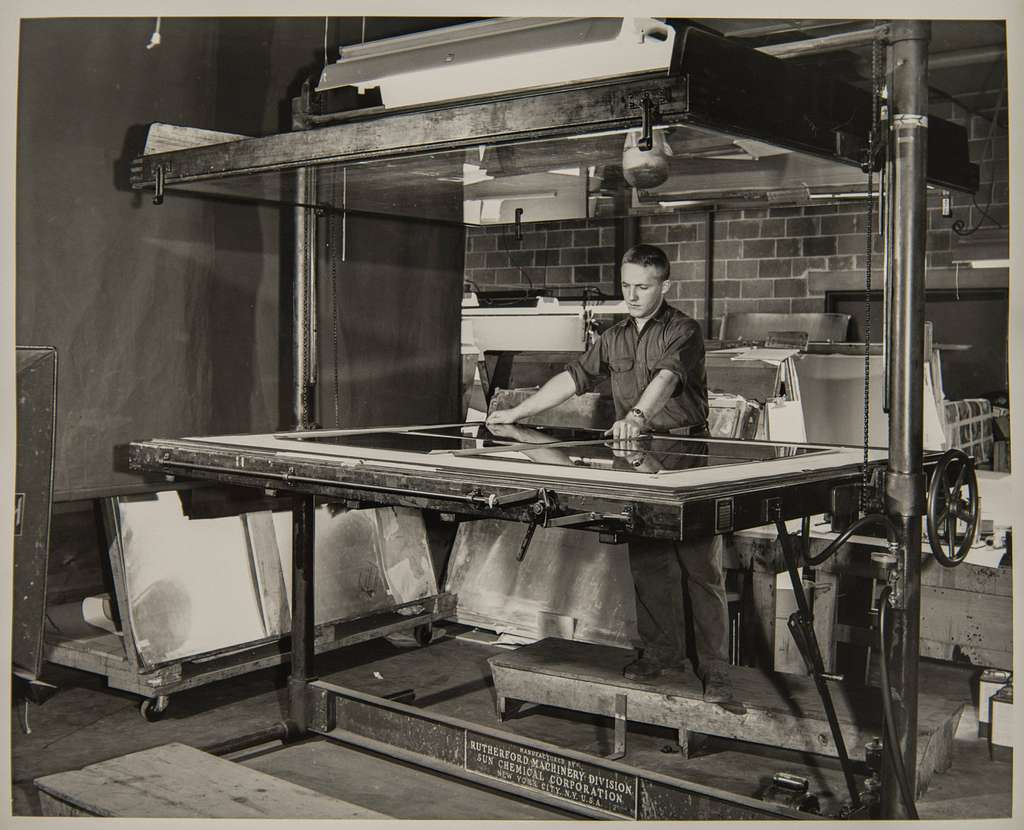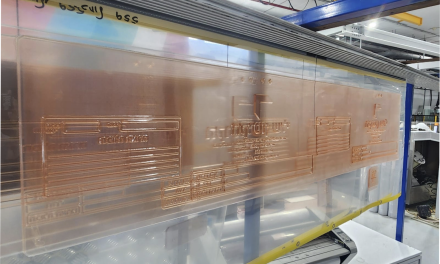Achieving good adhesion and print quality is essential for any print job. It starts with ensuring that the ink wets the substrate completely and evenly. This process, known as wetting or wettability, refers to the ability of a liquid – in this case ink – to spread across a solid surface. In flexo printing, the two primary determinants of proper wetting are the surface tension of the ink and the surface energy of the substrate.
Proper wetting is critical to ensure that the ink adheres properly to the substrate, preventing smudging, smearing, and other undesirable effects that compromise print quality. Failure to dry ink properly can result in customer complaints and material waste. These two concepts will help you unleash the power of flexo printing. Understanding the factors that affect wetting is critical to achieving optimal adhesion and print quality.
Surface Tension: A Critical Property of Liquids
Surface tension is a fundamental property of liquids that results from the attractive forces between molecules. This property causes the surface of the liquid to contract, forming an elastic membrane at the interface with air. One can measure surface tension in dynes per centimetre and is essential to several natural and industrial processes. In flexo printing, higher ink surface tension causes beads on the substrate, resulting in an uneven coating.
Surface Energy: The Key to Proper Adhesion
Surface energy reflects the strength of the attractive forces between molecules on the surface of a substrate. It is expressed in joules per square metre (J/m²) or dynes per centimetre (dyne/cm). Contact angle measurements are commonly used to determine surface free energy. For optimal print quality in flexo printing, the surface energy of the substrate should be higher than the surface tension of the ink. This ensures that the ink spreads evenly and wets the surface properly, resulting in good adhesion.
Measuring The Two Factors
Surface tension and surface energy can be measured using a variety of methods. Among them, goniometry is a common technique in flexo printing. Goniometry involves measuring the contact angle formed between a surface and a droplet of liquid placed on it, which helps to calculate the surface tension and energy.
Flexo Inking System
For successful printing, the components of the flexo inking system must have appropriate surface tension and energy.
- Ink and Image Carrier: The ink must have a lower surface tension than the media. The surface energy of the media should be higher than that of the ink to ensure complete transfer.
- Ink Transferred to Substrate: The surface energy of the substrate must be higher than the surface tension of the ink to ensure good adhesion and print quality.
Each component in the inking system should have the appropriate surface energy and tension for successful printing, gradually increasing as the ink moves through the system. The interaction between surface tension and surface energy has a direct effect on ink-substrate adhesion:
- High Surface Tension inks tend to bead, resulting in poor adhesion and print quality.
- Low Surface Energy substrates cause uneven printing and poor adhesion due to improper wetting by the ink.
Ensuring that the surface energy of the substrate is higher than the surface tension of the ink is critical to achieving good wetting and adhesion.
Conclusion
Understanding and controlling surface tension and surface energy are fundamental to optimising wettability in flexo printing. By mastering these concepts, operators can improve adhesion, prevent defects, achieve superior print quality, ensure customer satisfaction, and reduce material waste.






